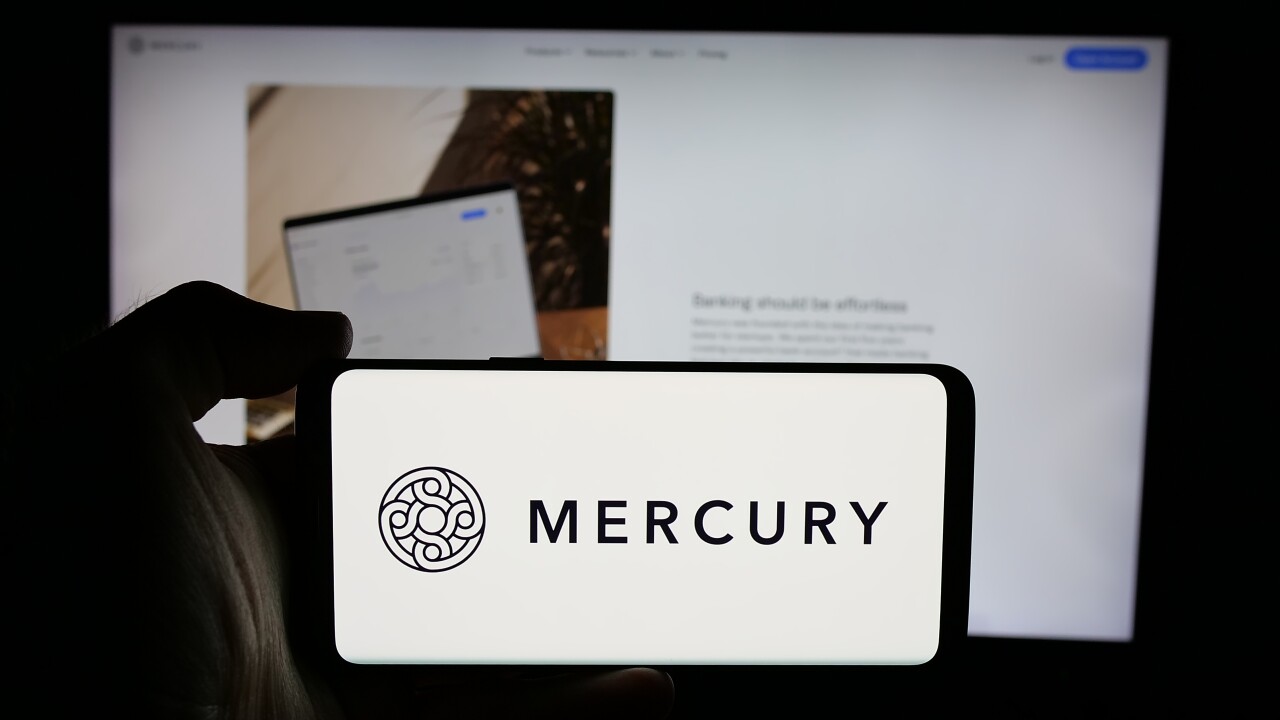-
Offering payment technology that supports game developers who want to write one app and run it on many platforms.
February 21 -
Huntington Bank's chief digital officer Jeff Dennes shares a glimpse of his mobile banking technology strategy.
October 14
For many banks, deciding what new mobile banking features to offer is a matter of following competitors' moves and/or waiting to see what technology their core banking vendor comes up with. Bank of America lets its decisions about corporate mobile banking be guided by frequent feedback from a customer advisory board. And to quickly develop new features that work across different mobile platforms, the bank uses HTML5.
The bank's customer advisory board "is a sounding board for us," says Milton Santiago, managing director, global ecommerce executive.
Santiago has been in this space since 1994. In the early days of mobile devices, in the late 90s, as banks were launching apps for the Palm 7, The Wall Street Journal ran an article about the lack of maturity and security. "Back then, we went to our advisory board and customers and said hey, this mobile thing — we think there's a place for it, what do you think? The resounding feedback was: no." It wasn't until two years ago that clients began to express a willingness to use mobile services.
Laptops and the iPad have had a powerful, disruptive impact on the digital delivery of banking services, he says. "The iPad took something that was very consumer oriented and made it commercial, which heightened awareness of mobility and access," Santiago says. "At the same time, it created a level of comfort that didn't exist before."
As he crafts mobile banking strategies, Santiago thinks not in terms of devices but screen sizes. "What kind of experience do you have on a laptop versus an iPad or an iPad-like device like the Motorola Xoom or Samsung Galaxy, versus an iPhone, BlackBerry or a Samsung Android?" he says. "It's going to vary based on screen size. The experience has to take advantage of the real estate that's available."
On the iPad, for instance, it's possible to view a bank's entire website on the screen, and for some customers this data-intense view might be fine. However, like many banks, Bank of America has developed an iPad solution that provides a stripped-down, streamlined interface with few graphics, just the basics. "It's focused on critical activities and focuses on a streamlined work flow," Santiago says.
Santiago's strategy is focused on the three screen sizes his customers primarily use — the small handset, the tablet and the desktop or laptop. We're not going to replicate our laptop experience on the iPad." Designing for the iPad rather than a laptop is like designing an open-model apartment versus a home with many separate rooms, he says.
Bank of America's 12-person mobile development team uses HTML5 to create the corporate mobile banking experience. HTML5 is a markup language for structuring and presenting content for the Internet. It can be used to render an interface that looks something like a native smartphone app but is in fact a web page. "We chose to go with a hybrid implementation," Santiago says. "HTML5 gives you a richer, more graphical experience and app-like experience without implementing an app."
One reason for going with HTML5 rather than building apps for the various mobile operating systems was that many of the bank's business clients are still BlackBerry users. "It's shifting, but BlackBerry is still out there," Santiago says. "Few clients have the ability to install anything on their BlackBerry. So if I were to create an app, it would be close to impossible for me to get authorization approval through each one of these companies to get the app installed on their BlackBerry." With HTML5, customers don't have to download an application. And HTML5 development is less expensive than building an app, he says.
Clients have asked the bank not to replicate its website in its mobile offerings. "They say, when I'm on my BlackBerry or iPhone, I don't have the patience," Santiago says. "I need that bite-size experience — It needs to be fast, I need to get in and out. Think about the speed in which you can update your Facebook status or post a tweet. This is what clients expect. This is part of the consumerization of corporate products."
Customers have also told the bank of their security worries. But they've also asked the bank not to add additional security beyond that of the treasury online banking solution, because that would make it seem less secure. "It's an interesting thing, but they're right," Santiago says. "So this leverages the existing security we have on our website." Authentication, fraud prevention and fraud detection are the same in mobile offerings as on the website. Client identity is maintained and supported across various channels.





